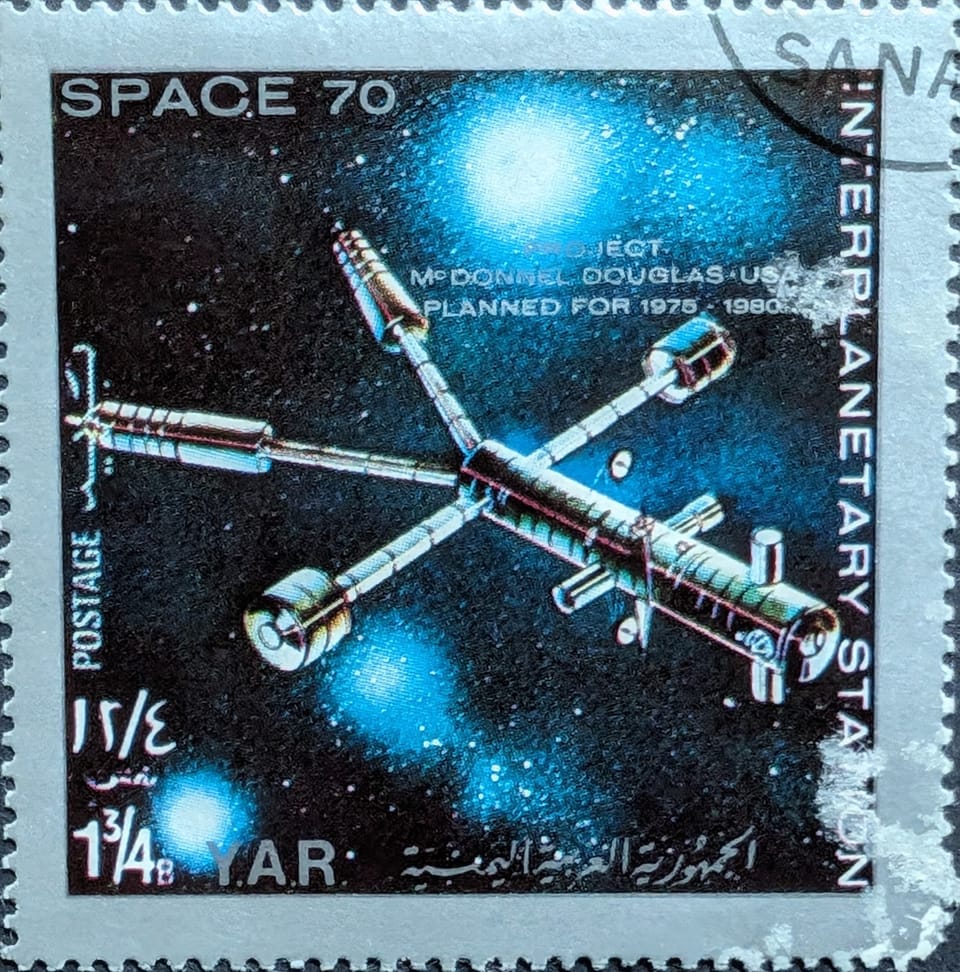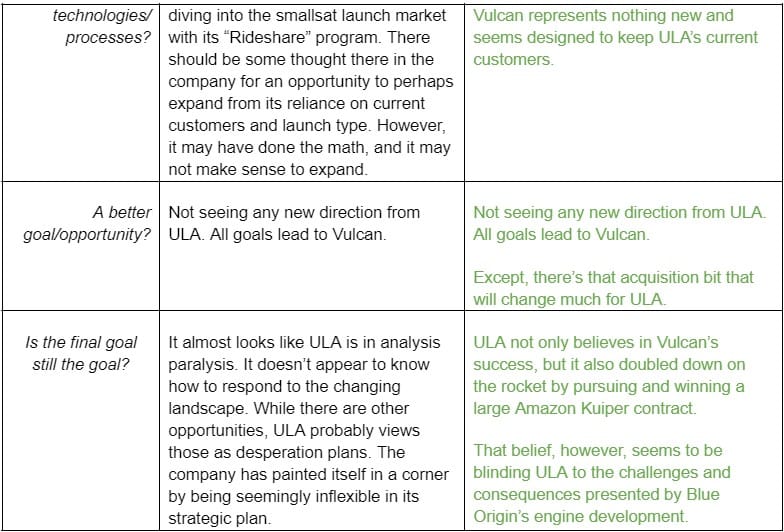Re-Gapping: A Follow-up Gap Analysis of a Space Company

Because this article is so long, it’s a two-parter. This part contains an older and current Gap Analysis; the second will go over the differences between the two and what they might indicate.
I attempted a Gap analysis of the United Launch Alliance (ULA) nearly three years ago. Since there seems to be a lot going on in and around the company, maybe it’s time to do another one to see what changes, if any, have occurred.
Changing Industry
Three years is usually too short of an interval for these sorts of analyses, but the launch industry is changing. That change means it is time to conduct a gap analysis again since many conditions have changed, even if the company’s goals haven’t. And if they haven’t, despite changes, it’s good practice to review whether they need to change.
A gap analysis determines a company’s position in the market and according to its plan. The company compares its inputs with where it would like to be (its goal(s)) and whether it's using the tools it needs and making observations (innovation and process) to maintain its heading and hit its goal. Even the heading gets reevaluated to ensure it’s still valid for the company.
The analysis is a tool companies can use to see if any gaps create difficulty getting from where they are to where they want to be. However, people like me can use it similarly to determine what challenges a company faces. In June 2021, I tried my hand at a gap analysis focused on ULA. A gap analysis relies on three primary questions to drive other questions. There’s nothing special about the questions themselves–they’re supposed to be easy to comprehend and answer.
But the answers can be illuminating. Below are the June 2021 and May 2024 analyses. I tweaked some of my answers from the original to make them readable. The original observations from the 2021 analysis are in the center row. I also moved some answers around in the May 2024 row (right row) as they seemed to fit better in other parts of the grid.






There are a lot of changes. At the same time, I’ve covered this so much since 2021 that there’s barely anything new in the May 2024 analysis.
So, what can we learn from the comparison? Feel free to comment, but I’ll address that next week.
If you liked this analysis (or any others from Ill-Defined Space), any donations are appreciated. For the subscribers who have donated—THANK YOU!!




Comments ()